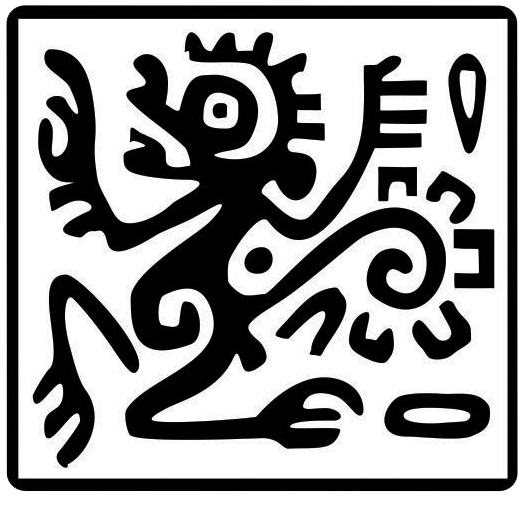The low chromosome number of a relict shrew (Cryptotis magnus) isolated in a cloud forest of México
Abstract
To know and conserve Mexican shrews it is necessary to know them well, although their taxonomic identification is difficult. However, cytogenetic tools can help to discriminate species. There are no known karyotypes of Mexican shrews, so we decided to initiate the study of their chromosomes starting with Cryptotis magnus. Shrews were collected in the cloud forest of Oaxaca and chromosomal metaphases were prepared from bone marrow, stained with Giemsa, examined microscopically, and photographed. Chromosomes were examined and counted to calculate the 2n, determine their morphology, and estimate the FN; finally, a karyotype was prepared. Specimens of C. magnus were cataloged in the Colección Nacional de Mamíferos, Instituto de Biología, UNAM. Results showed numerous metaphase cells and conspicuous chromosomes. The diploid chromosome number found was 2n = 26, consisting of 24 biarmed autosomal chromosomes (18 metacentric and 6 submetacentric) and 2 sex chromosomes (X: large subtelocentric; Y: small telocentric). Adding the number of chromosome arms of the autosomes the resulting FN was 48. The chromosomal complement of C. magnus is distinctive and its 2n is one of the smallest in the family Soricidae. The current conformation of its chromosomal profile may have originated from Robertsonian chromosomal rearrangements that reduced the ancestral 2n (46) to 2n = 26 producing autosomes of biarmed morphology. Geographic isolation in a small geographic region of Oaxaca may have facilitated this evolutionary process.
Copyright (c) 2023 Therya Notes

This work is licensed under a Creative Commons Attribution-NonCommercial-NoDerivatives 4.0 International License.
THERYA NOTES is based on its open access policy allowing free download of the complete contents of the magazine in digital format. It also authorizes the author to place the article in the format published by the magazine on your personal website, or in an open access repository, distribute copies of the article published in electronic or printed format that the author deems appropriate, and reuse part or whole article in own articles or future books, giving the corresponding credits. The Creative Commons CC BY-NC-SD license is used.![]()










